Lubango, the second largest city in the country after Luanda, is located in the middle of mountains over 1.700m high of altitude. It is a beautiful city nestled in a beautiful green scenery. After Portuguese settlers from Madeira formed this settlement, it was named after an ancient tribal chief named Lubango. However, in colonial times they named the city Sá da Bandeira but later with independence, they changed its name again.
The city did not stop growing thanks to the railway line that connected it with the coast, with Moçamedes. It is still one of the most widely used lines for both people and goods. Today, the city’s economy is based primarily on agriculture and livestock. This city with a spectacular environment, enjoys tobacco plantations, cereals and fruit trees that give it a rural air despite being the second largest city in the country.
There, in a completely different environment from the desert or the coast of Angola (if you want to know more, you can click here), you can enjoy one of the most beautiful natural beauties in the country such as the Fenda da Tundavala, different cliffs with stunning views.
You can also reach Lubango by driving through the legendary Serra de Leba; walk around the city and observe the Cristo Rei from a distance; and meet some different ethnic groups that are usually found further south, such as Chibia or Oncocua.
Lubango is one of the most important cities in Angola, as it is located at the top of the mountains with a colder climate, a much greener environment and unique landscapes that make it a good place to spend a few days during your visit to Angola.
How to get there?
Lubango has an international airport that receives flights from the capital Luanda and also from Windhoek, Namibia. Many people take the one-and-a-half-hour domestic flight from Luanda to Lubango with TAAG. It can also be reached by train via the railway line connecting the city with Namibe. However, the easiest way to get there and get around is by car.
If you are driving from the south, you will have to drive along the main route from the Santa Clara border (EN105) and enter the city via the airport. If you want to get to the center, you have to cross the Mucufi River bridge and turn left. From the Namibian border to Lubango, there is a 430-kilometer journey that can be done in just under 5 hours on a road that is in good condition.
If you come from the coast, Namibe, you must first drive on the EN280. First, you will have to pass the town of Caraculo, a place where dictator Salazar wanted to do a pharaonic project to populate the desert, and then you will reach Chicolongilo where you will have two options: cross the mythical Serra de Leba, a route full of twists and turns that climbs to the heights of the mountains of Lubango; or get there through Quilemba and Bibala by a mountain pass also very beautiful and less crowded than the Serra de Leba. From Namibe to Lubango there is a 180-kilometer journey that you can do in two and a half hours, as there is a stretch of road with a lot of holes.
Finally, if you come from the north and inland (Benguela or Huambo), you will pass the town of Cacula and that same road (EN105) will take you directly to the city center. From Huambo to Lubango there is an approximate distance of 430 kilometers that you can cover in about 6 hours.
What to do in Lubango?
– Visit the city center
Lubango is a large city but easy to get to on foot as well as by car. The people are friendly and smiling, with calm air which makes it easy to chat, shop and walk around the city.
The city itself does not have much to see, we believe that its surroundings are worthwhile, but it is a stopping point if you want to visit everything it has to offer around it.
– Drive the Serra de Leba mountain pass
The Serra de Leba road is an icon for the world of motoring. Many motorists and cars come only to Lubango to drive the bends of one of the most beautiful and famous roads in the country. This road of about 20km, goes down 1.600m with about 56 curves.
The road was built in 1970 but even today, this impressive engineering work led by Maria Alice Leba is one of the best-preserved roads in the country.
Driving through these dizzying curves is pure adrenaline, we recommend that you do it more than once if you have the time, one driving and the other savoring the landscape that can be seen from the window of your car. Please note that in order to access this road from Lubango to Namibe you will have to pay a toll of 150 kwanzas (0.24 euros) per vehicle.
From the top of the mountain, there is a viewpoint where you can see the first section of the road, which is the best known and most symbolic. You can see the whole valley and some amazing sunsets with the most iconic road in the country.
– See the magnificent views of the city from Cristo Rei
And yes, Angola also has its Cristo Rei. At 30 meters high and made of white marble, this statue was built in 1957. It is said that it was built as a religious site, although in colonial times it represented Portugal’s interest in this place.
After cities such as Rio de Janeiro (Brazil), Santa Cruz de la Sierra (Bolivia) or Lisbon (Portugal), Lubango enjoys a Cristo Rei located at the top of the mountain, at 2.130m, observing the city.
This is currently an icon of the city, wherever you go, if you look up you can easily locate the Cristo Rei of Lubango. Many couples and families climb to the top of the mountain in the evening, to see the great views of the city of Lubango and the sunset.
– Watch the sunset from Fenda da Tundavala
Fenda da Tundavala is a natural window on the Bié plateau created by a crack that opens between the cliffs. It is one of the magical natural places in the city and is considered one of the beauties of Angola.
The cliffs of Tundavala are over 2200m high and fall about 1000m over the Namibe plains with impressive crevices in their rocks. This uneven view offers a breathtaking view of the Namib and the surrounding Lubango from above.
It is a beauty that is difficult to describe and that in fact you can understand because the locals say that there, between the cracks, the souls of their ancestors take refuge. We like to think that in this beautiful place, they can rest in peace.
If you are lucky and go on a clear day, you can enjoy stunning views. Located at 14km from Lubango is easy to reach by car. Once there, there is a free car park.
Many people in the city go there in the evening to watch a good sunset with friends or family. It is also a popular destination for escaping the city, drinking some beer or eating some snack and spending the day in nature.
– Discover the country’s ethnic groups at the Chibia Animal Market
Near Lubango, and about 6 kilometers south of the town of Chibia is held the animal market. In this market where you can buy everything, the livestock section stands out where you can buy all kinds of live cattle, meat and skins.
Shepherds from different tribes in southern Angola gather to sell their livestock – mostly cows and goats. It is a very interesting market to see because it brings together people of different ethnicities: muhila, muhimba, muhacona… If you want to know more about the ethnic groups of southern Angola, you can click here.
Where to sleep in Lubango?
We were lucky to meet a couple of South Africans who lived in Angola and ran a restaurant business known as Cafe Do Monte (a restaurant with very good quality meat), and we were able to stay overnight at their home for free. But if you are looking for accommodation in Lubango, we highlight:
– Kimbo do Soba: This resort located near Nossa Senhora do Monte, has double rooms for 16.000 kwanzas with hot shower and breakfast included. Also noteworthy is its restaurant, which is said to be one of the best in the city. You can find more information on their website here or contact them directly at +244 92239646.
– Residencial Dumas: Family guesthouse located in the city center with double rooms for about 10.000 / 12.000 kwanzas with air conditioning and good hot showers. They have wifi. For more information, click here.
– Hospederia Miradouro da Leba: This accommodation is located above the Serra da Leba viewpoint. We recommend at least a stop at the traditional and simple family restaurant. They make very good food with a lovely welcome from the owners. We stayed overnight camping and had a very complete national Galhina dish with N’gola beer for about 6/7 euros. They have rooms for 5.000 kwanzas per night.
– Casper Lodge Hotel: This luxury resort has standard double rooms for about 28.000 kwanzas. It has a restaurant, swimming pool and gym. For more information, click here.
Our route
We visited Lubango twice. During the first days in Angola, we arrived in the city to change some broken car tires, but we continued to spend a night in the Serra de Leba as we had a date to get to the coast and visit Baía dos Tigres.
Then, when we were in northern Angola, our plans changed, and on our way back south we stopped for two days to explore the city. Below we will detail a route plan to do for Lubango if you come from Namibe and head south, to the border with Namibia or in the area of tribal groups in southern Angola.
DAY 1: Leaving Namibe, the first stop you will find before reaching the city is Serra de Leba, a well-known and very beautiful winding road. Leave the desert plain behind to enter the mountain area!
You will be able to go up slowly and stop, on a path that will be on your right-hand side, in a viewpoint that has a good restaurant to enjoy the views of the whole road and the mountain. If you want, you can stay overnight or continue until you reach Lubango.
Parallel to Serra de Leba, there is also another road that passes through Quilemba and Bibala and will take you to the top of the mountains. It is a beautiful route, much less crowded than the Serra de Leba and not as mythical as this mountain pass that many people photograph due to its sinuous shapes.
DAY 2: On this day we recommend that you go for a walk around the city center, where you will see the local life. You will most likely find some tribes such as the Muhimba or the Mutua begging for alms around the city. And unfortunately, for many tribal families, going to the city is the only way they have to survive.
Then, at noon, you can have lunch at Cafe Do Monte, located next to the Shoprite, and in the afternoon head to Fenda da Tundavala.
Fenda da Tundavala is an ideal place to watch the sunset from the spectacular cliffs. When you arrive, you can leave your car and walk up the crevice that forms and is considered one of the most beautiful natural beauties of Angola. Think about wearing some jacket as you are at a high altitude and you will notice the cold in the atmosphere.
Contemplate the view, bring a beer or something to snack on, immortalize this moment with a good photograph and enjoy the sunset from the top of the mountain and overlooking the distance to the desert.
DAY 3: Finally, this morning you can visit the Cristo Rei from where you will get excellent views of the city and head south, towards the Chibia Animal Market.
Once you arrive at the market, you can park your car next to the slaughterhouse and walk to see the different points, for example the place where they sell food, as well as different objects (such as pottery, tableware, etc…) and, finally, flocks of live animals such as goats and cows. There, in the market, if you want you can also go to the barber and enjoy the mix of ethnicities of this place. At some stalls, you will see Muhila women attending the place, and you may also find Mucubals with their animals.
Be discreet, and if you take pictures ask permission. Chibia Market is one of the liveliest markets in the country. We went there on a Tuesday which was market day.
Once you have finished visiting the market, you can continue south where you can visit the tribal groups of Oncocua, the baobabs of Xangongo or sleep in Ondjiva, the last town before crossing into Namibia and leaving behind a country as beautiful as is Angola.

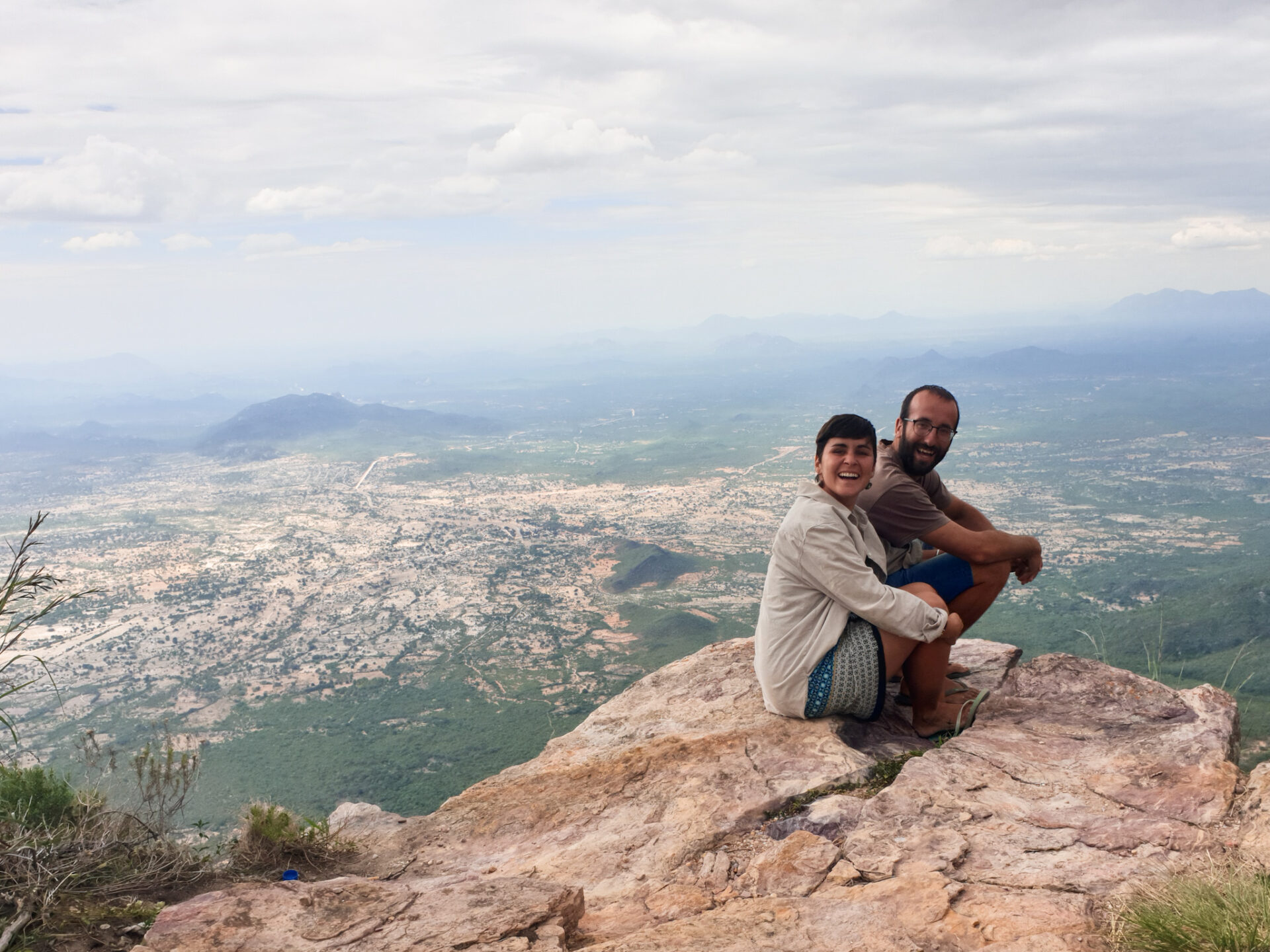
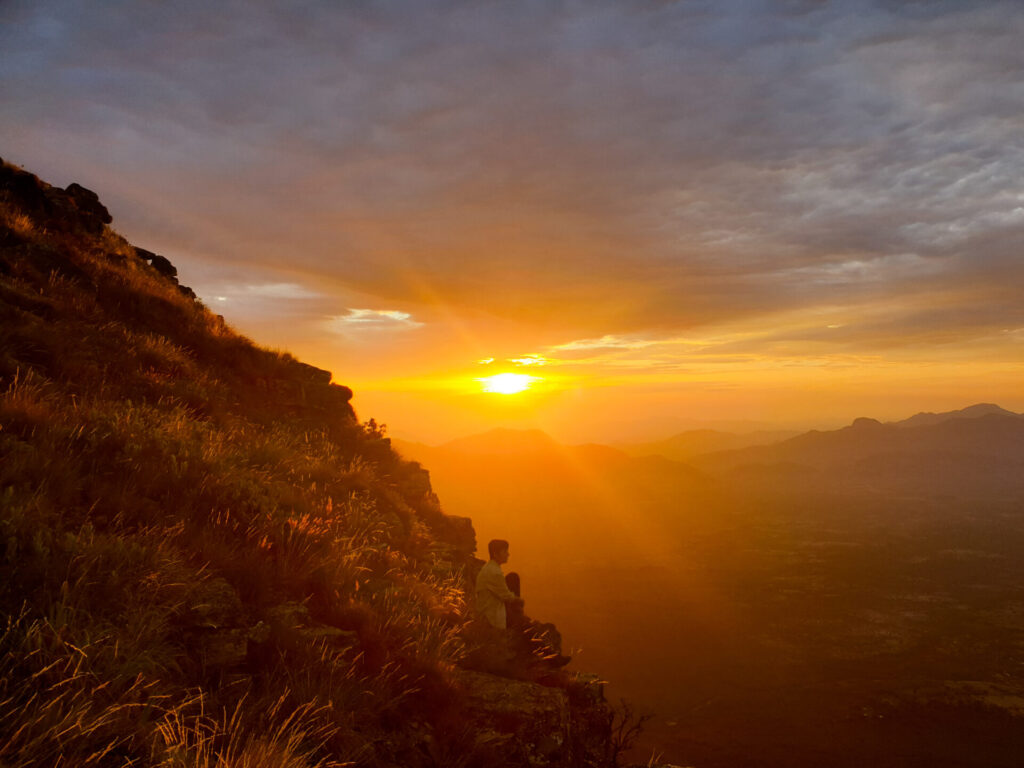
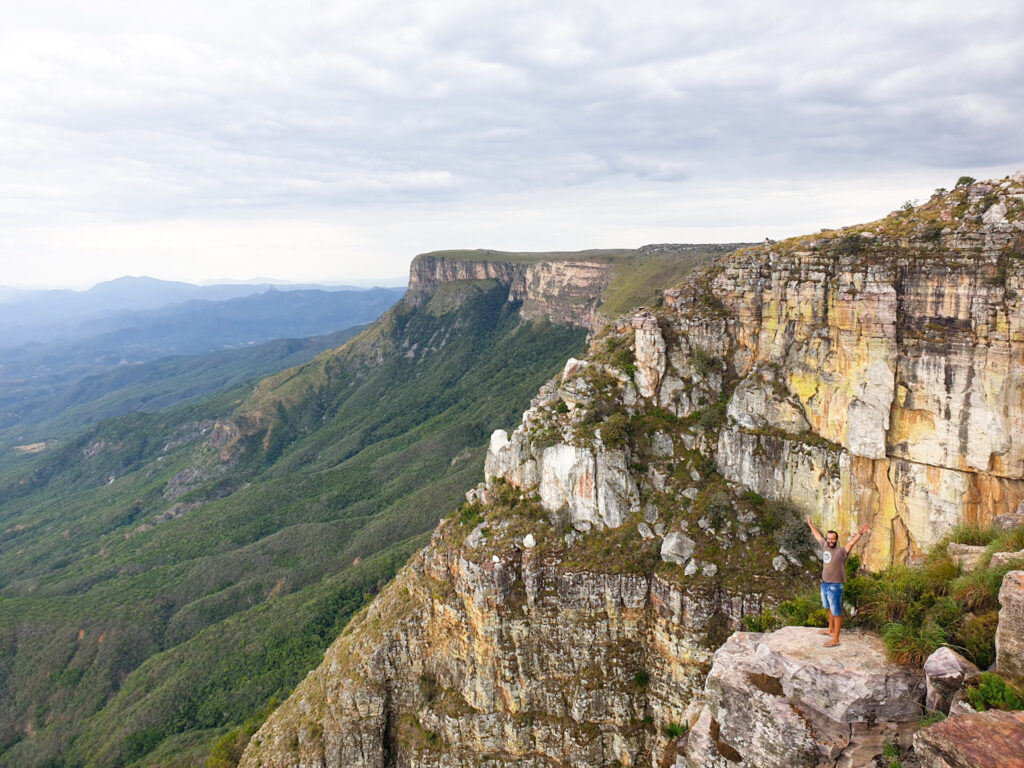
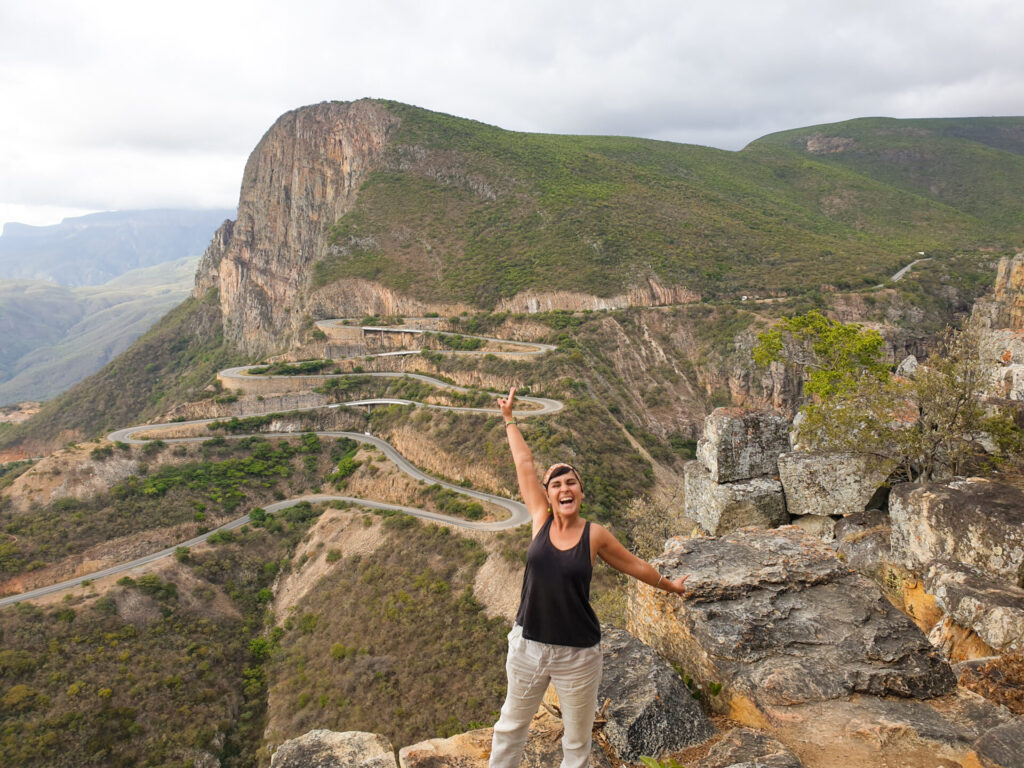
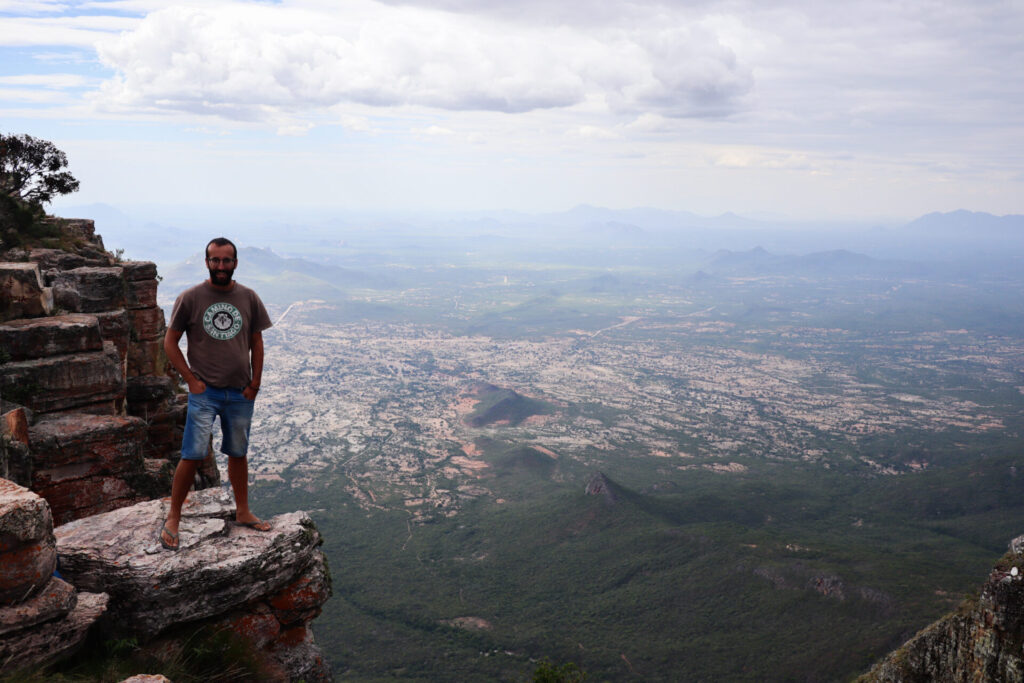
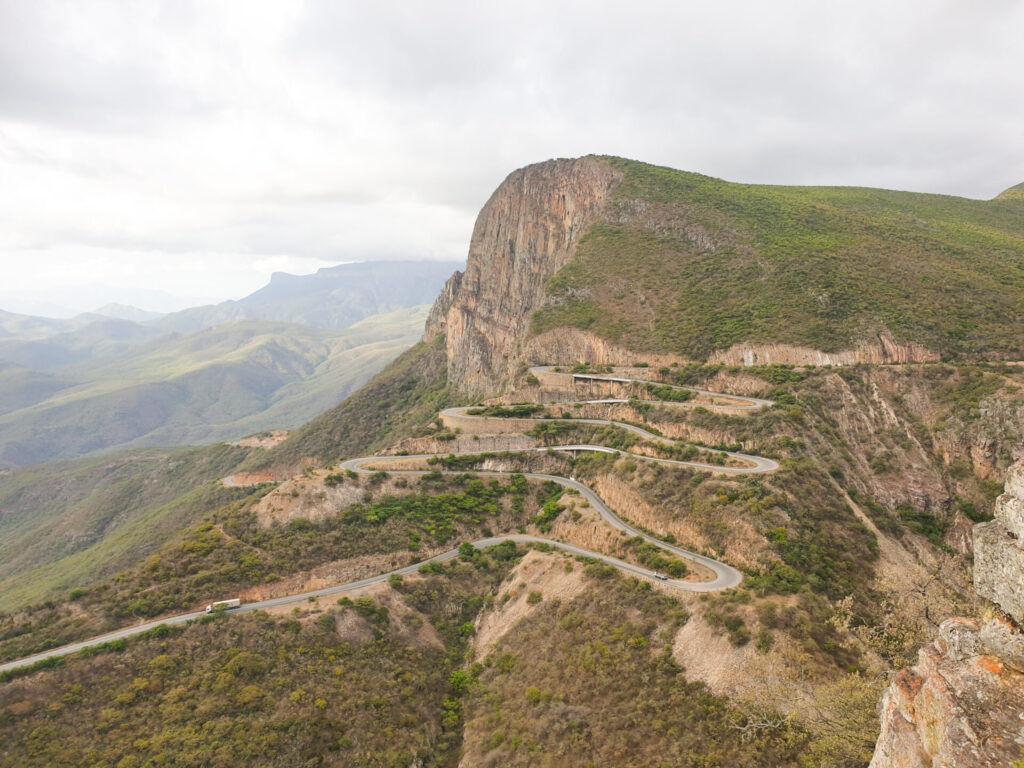
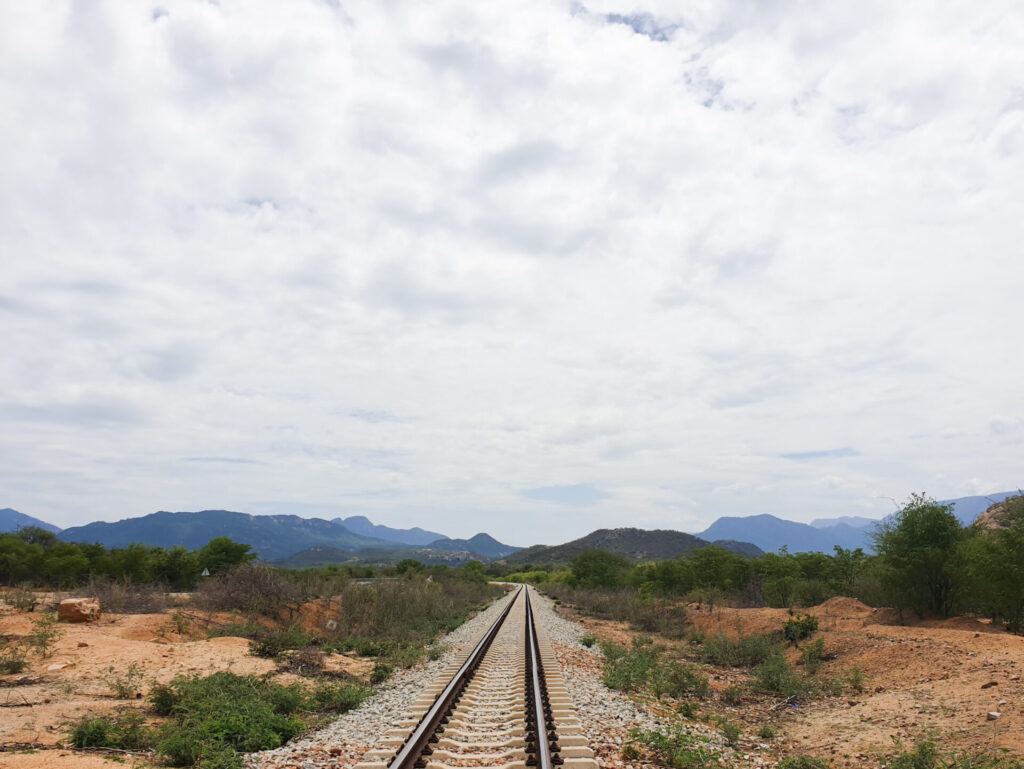




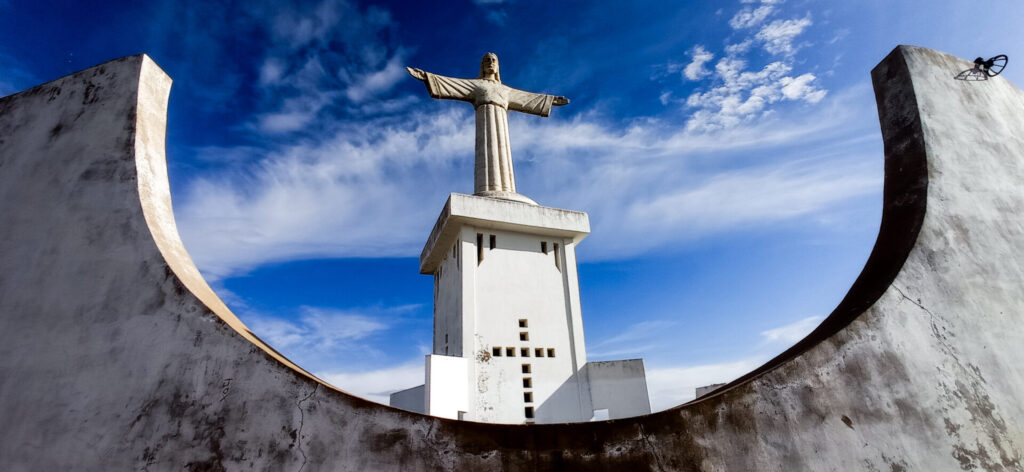
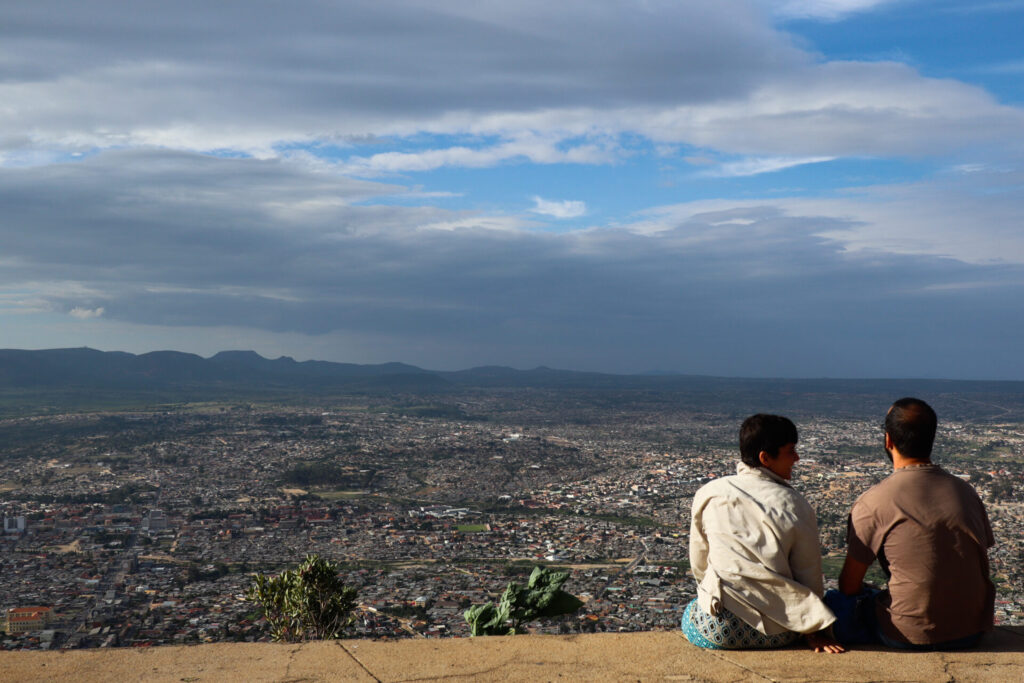


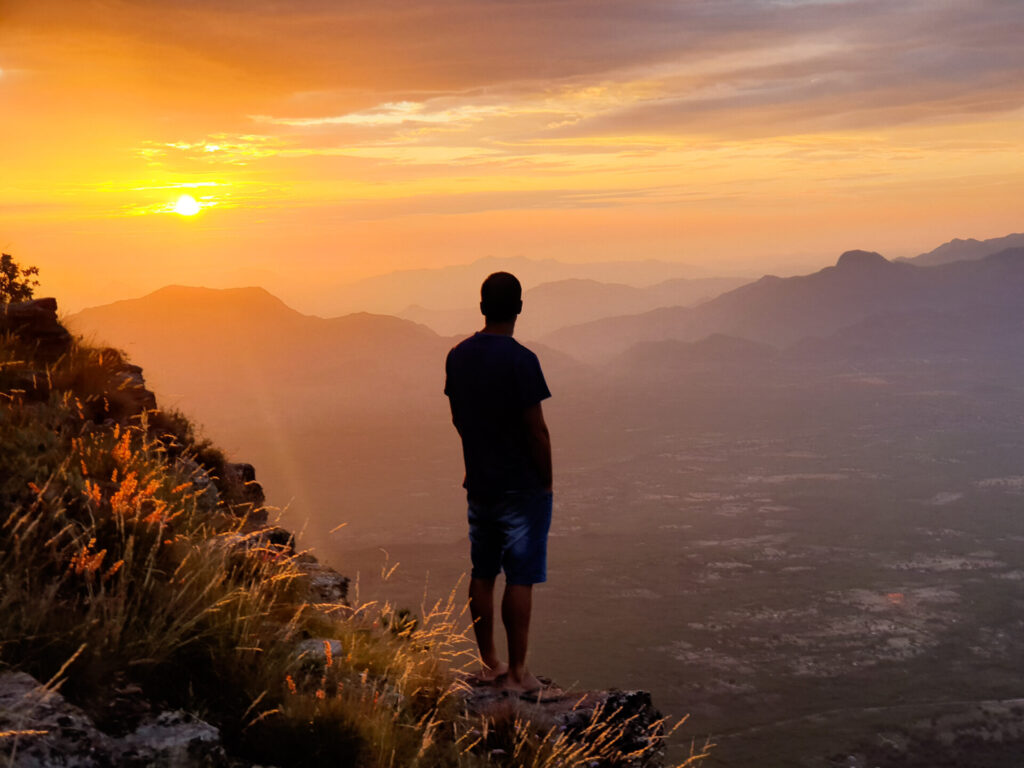

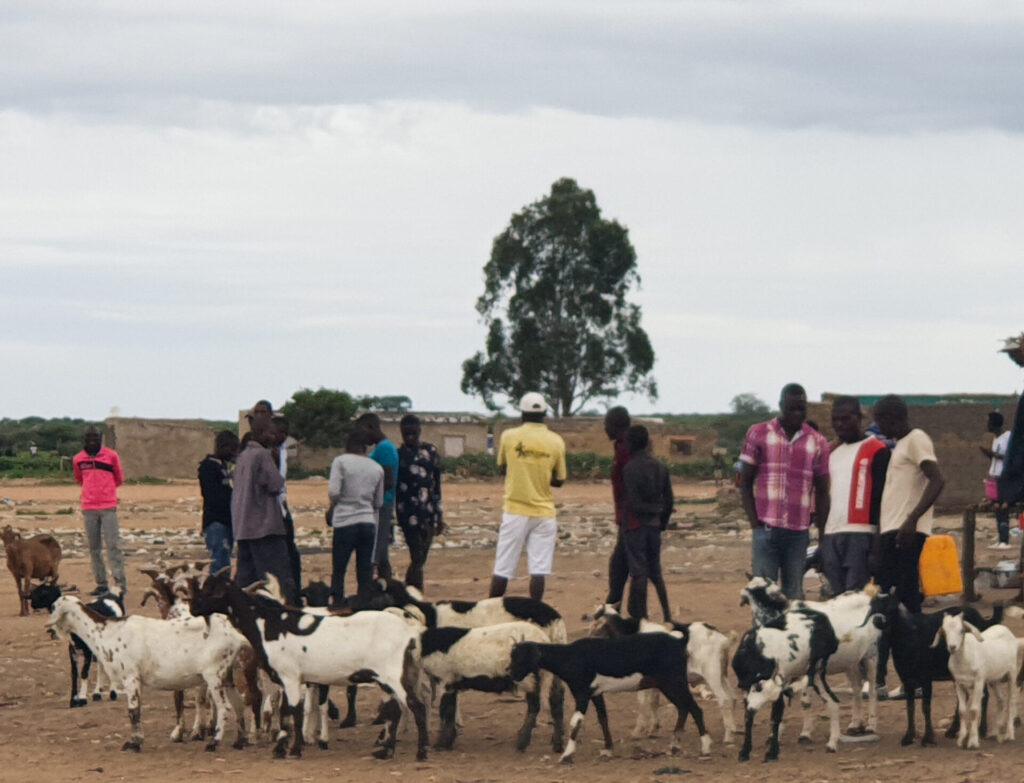
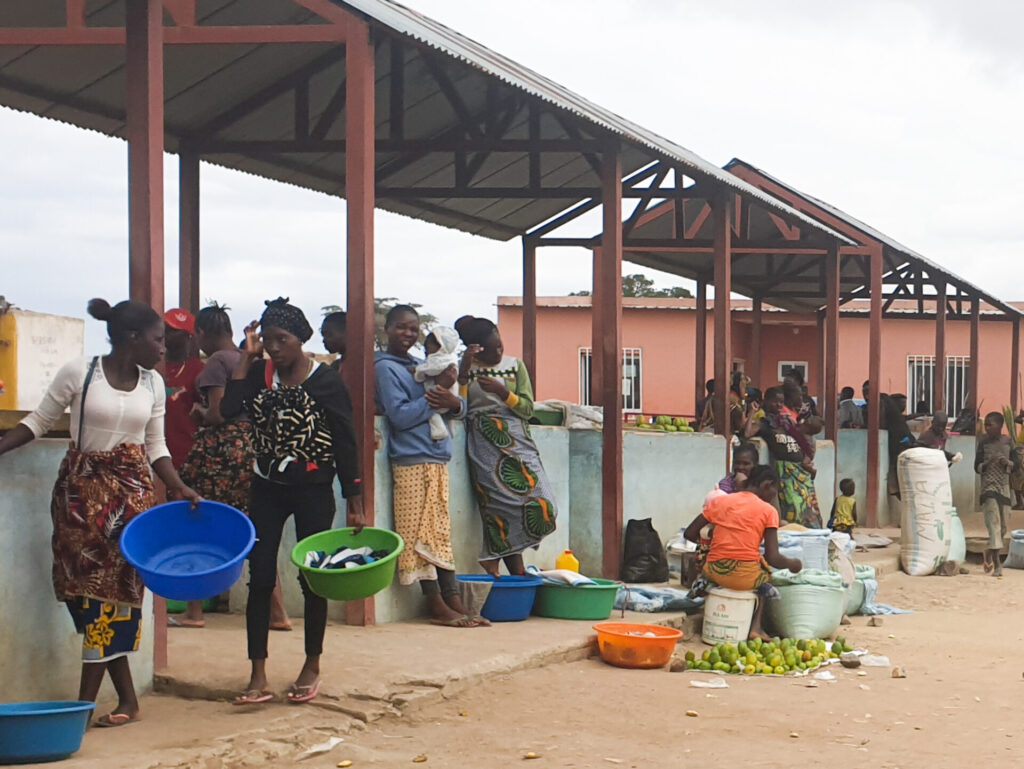


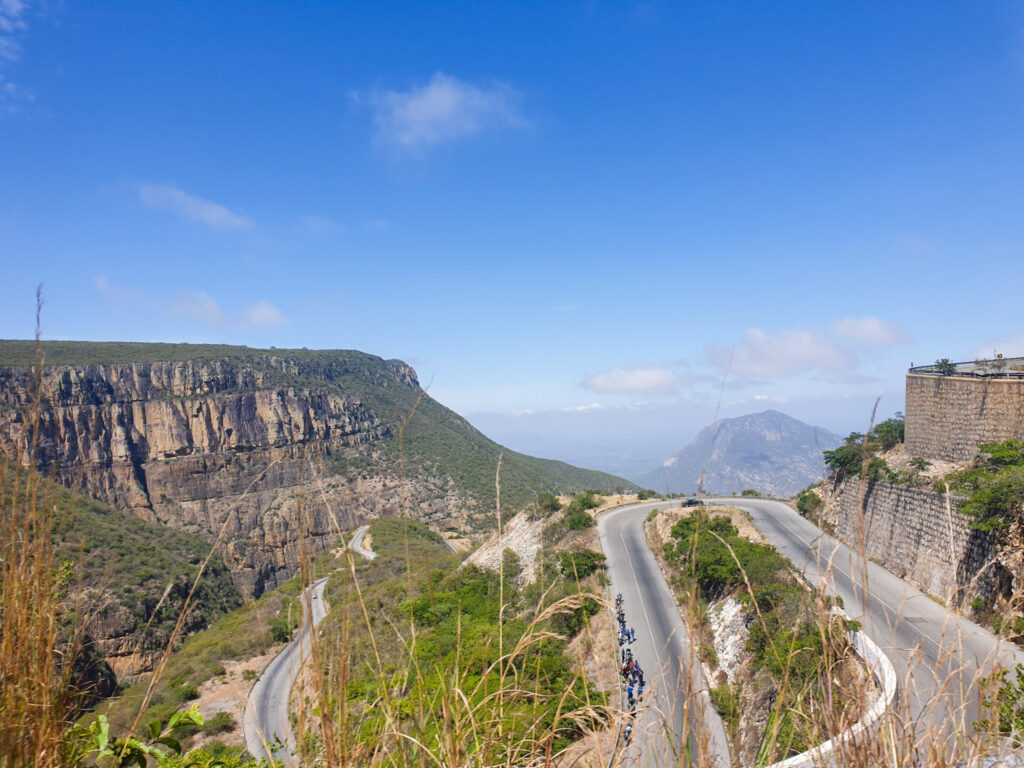
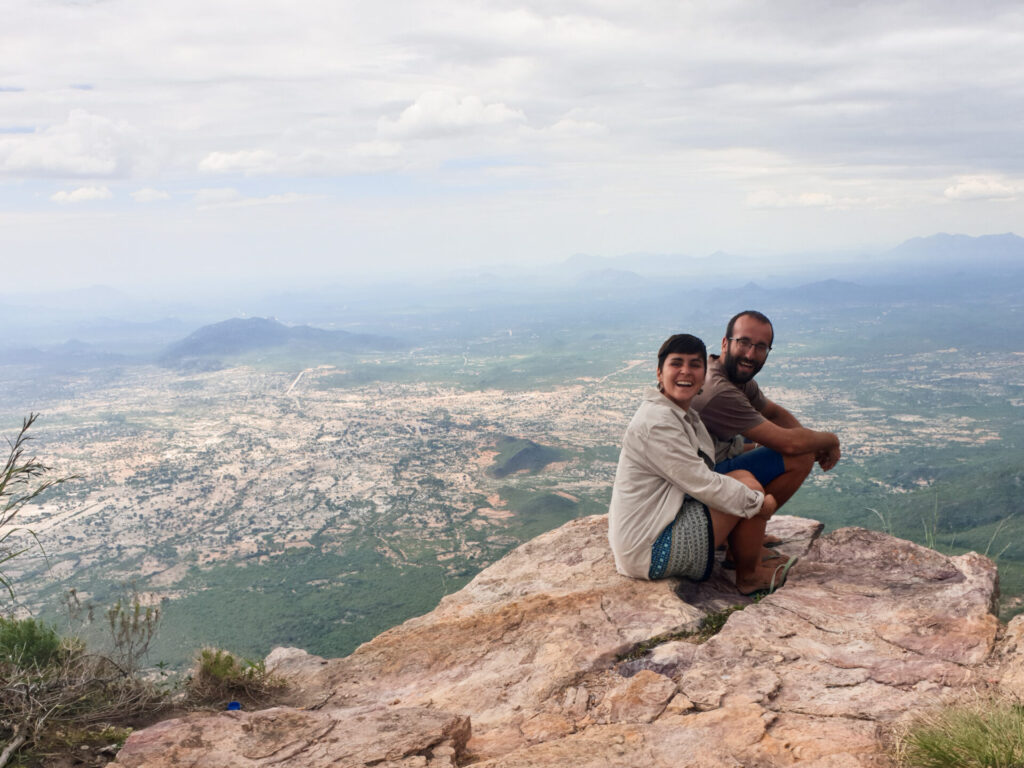

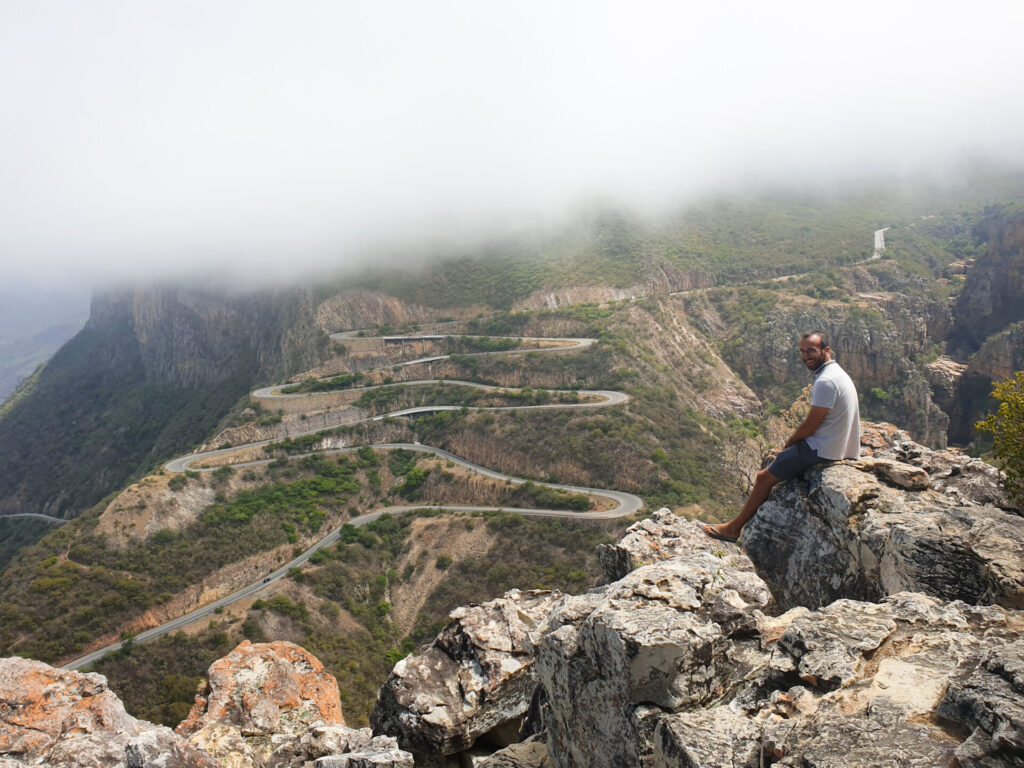

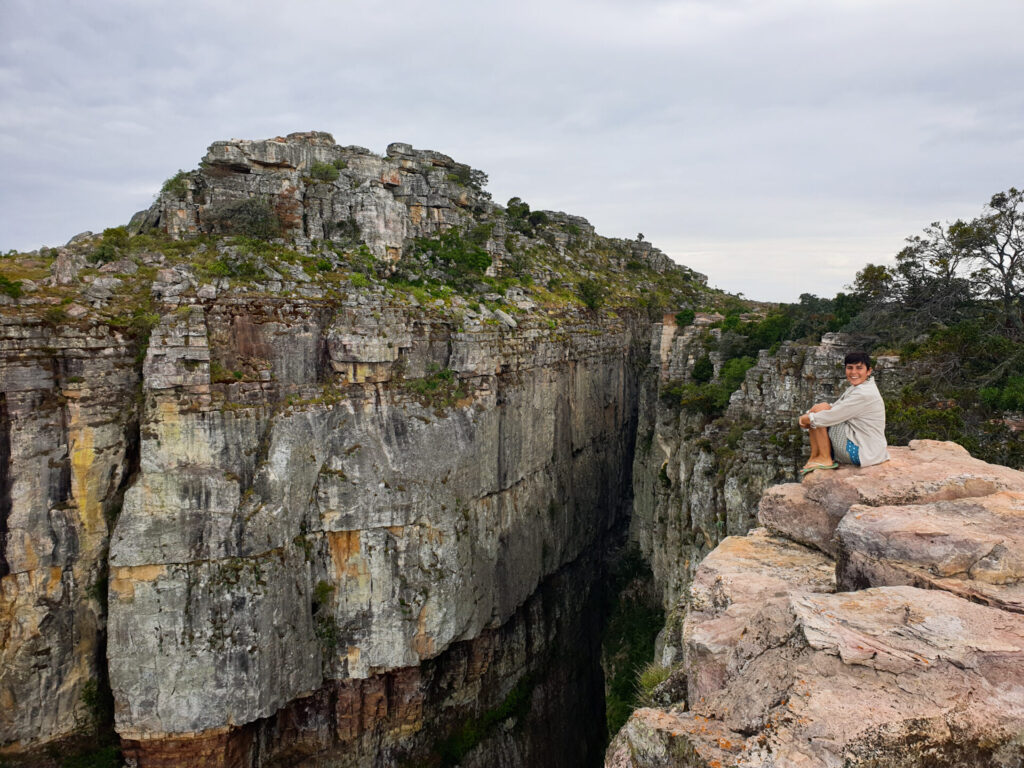

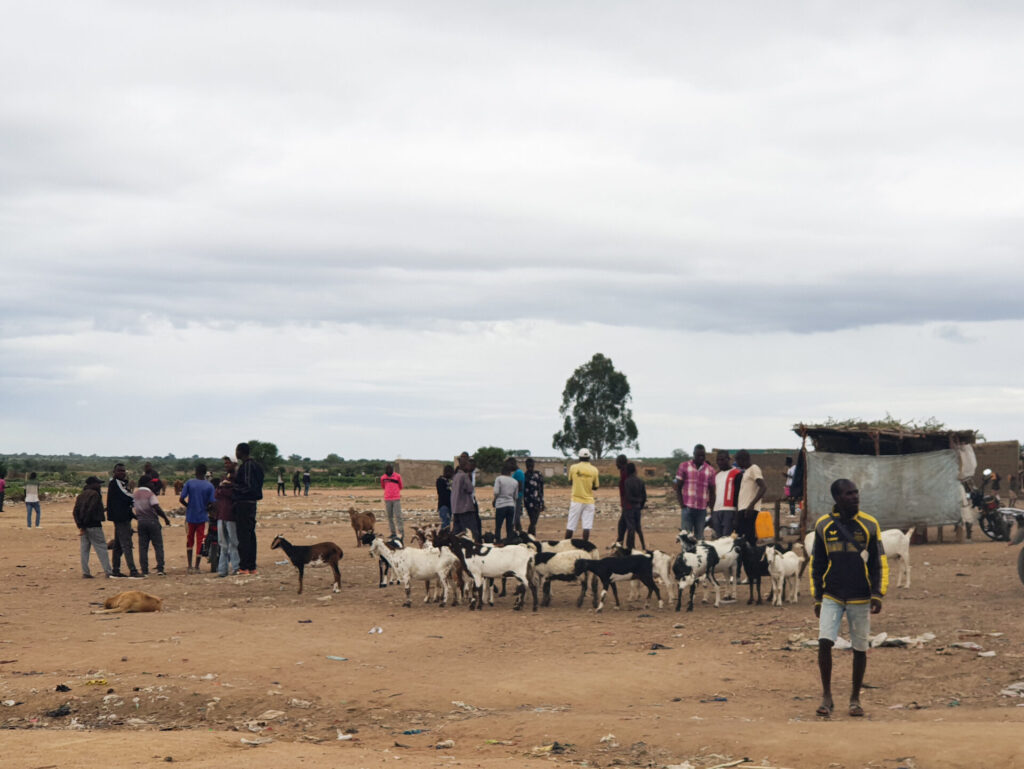

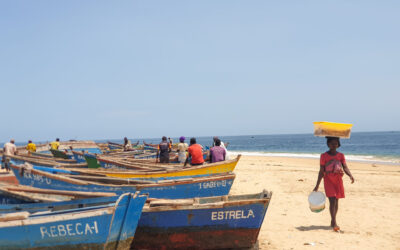
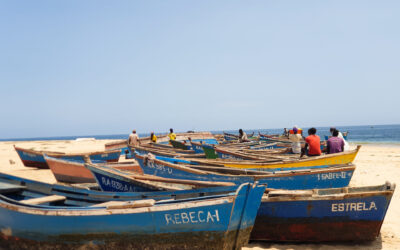


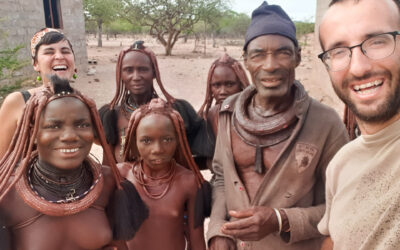
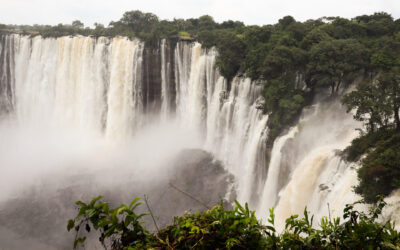

0 Comments